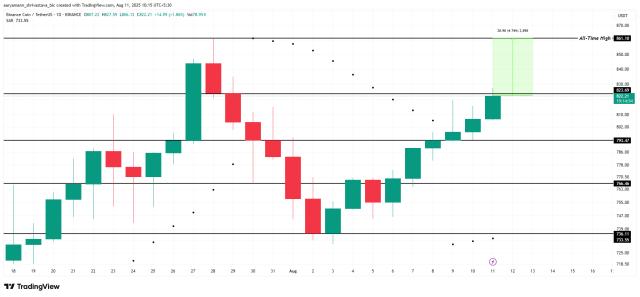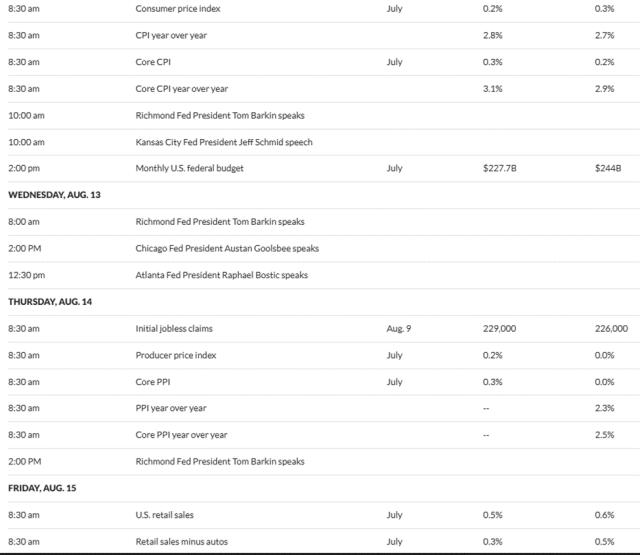Behind the synchronized advancement of major global financial centers lies a systematic game of control over a new digital asset basket and cross-border capital. In this context, stablecoins are gradually evolving from a previously unregulated gray area into a new financial infrastructure for competition and collaboration among major economies. By transforming into a more transparent and responsible part of the financial market, stablecoins introduce their asset programmability and global transferability into cross-border capital flows, monetary policy transmission, and financial regulatory agencies, driving the financial market towards a more efficient and intelligent direction. This is not only a challenge but also a huge opportunity for regions like Hong Kong, which have both an highly open financial environment and cross-border clearing capabilities. Stablecoins provide us with a new possible path to enhance monetary internationalization and reconstruct regional financial networks.
This report will start from the functional perspective of stablecoins, systematically deconstruct their underlying financial logic and economic model, and further analyze how major economies build financial influence through their own currency-anchored stablecoin systems and compete and collaborate with other stablecoins. We will attempt to establish a comprehensive stablecoin panoramic model from function, asset logic to international competition, providing readers with a stablecoin landscape from micro to macro perspectives.
Author: Hendrix, Web3Caff Research Researcher
Cover: Photo by Andrei Castanha on Unsplash
Word Count: Approximately 22,000 words
(The rest of the translation follows the same professional and accurate approach)






